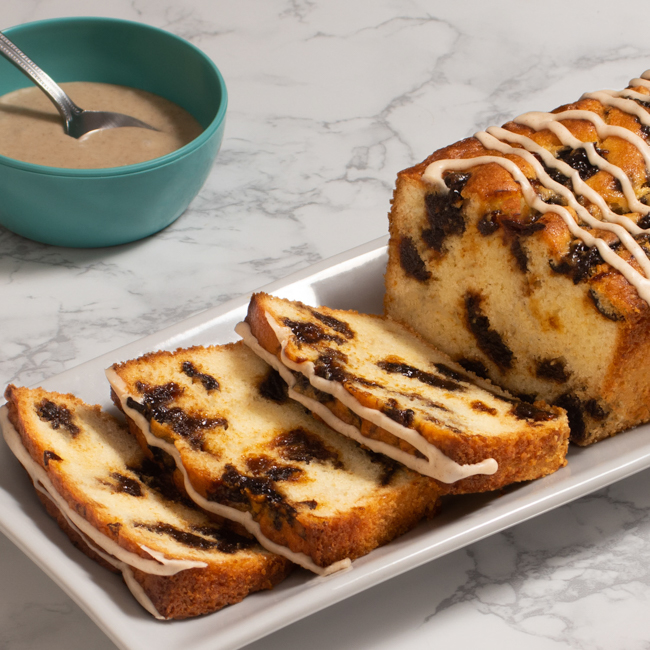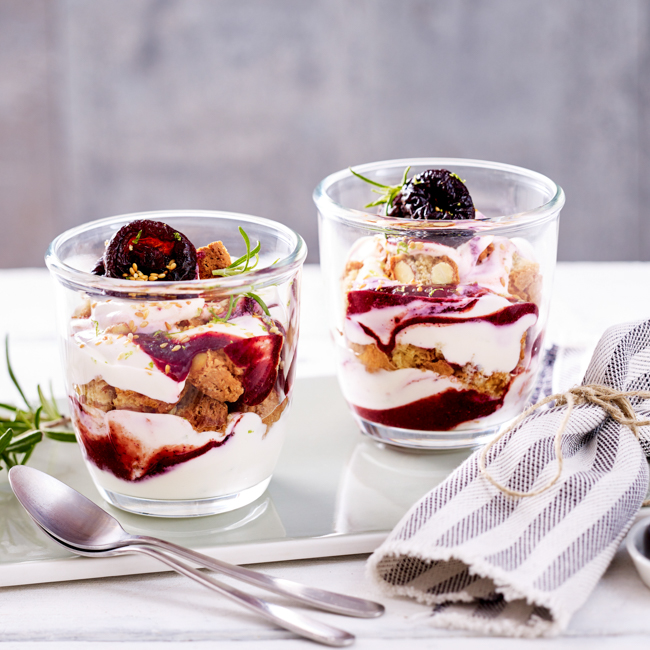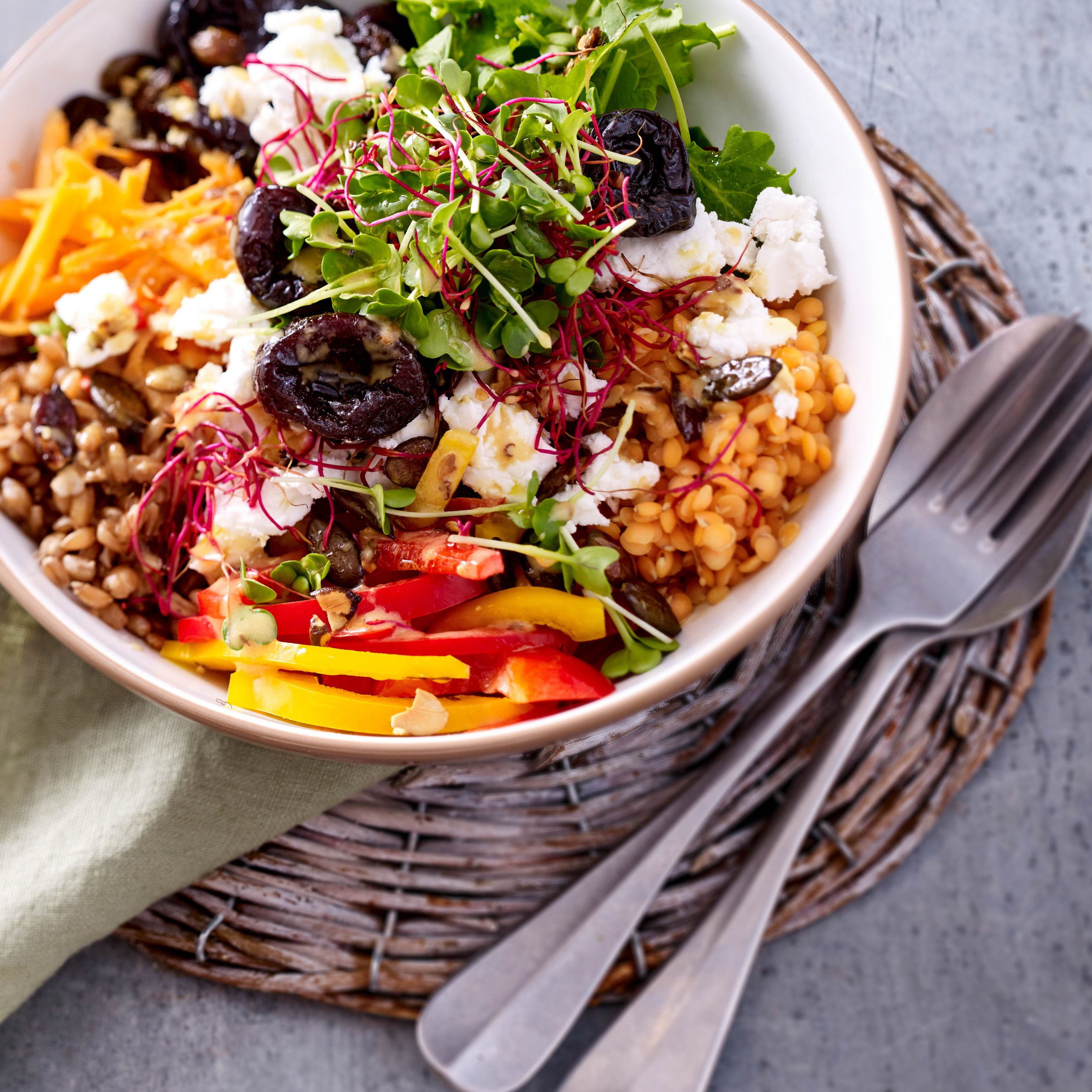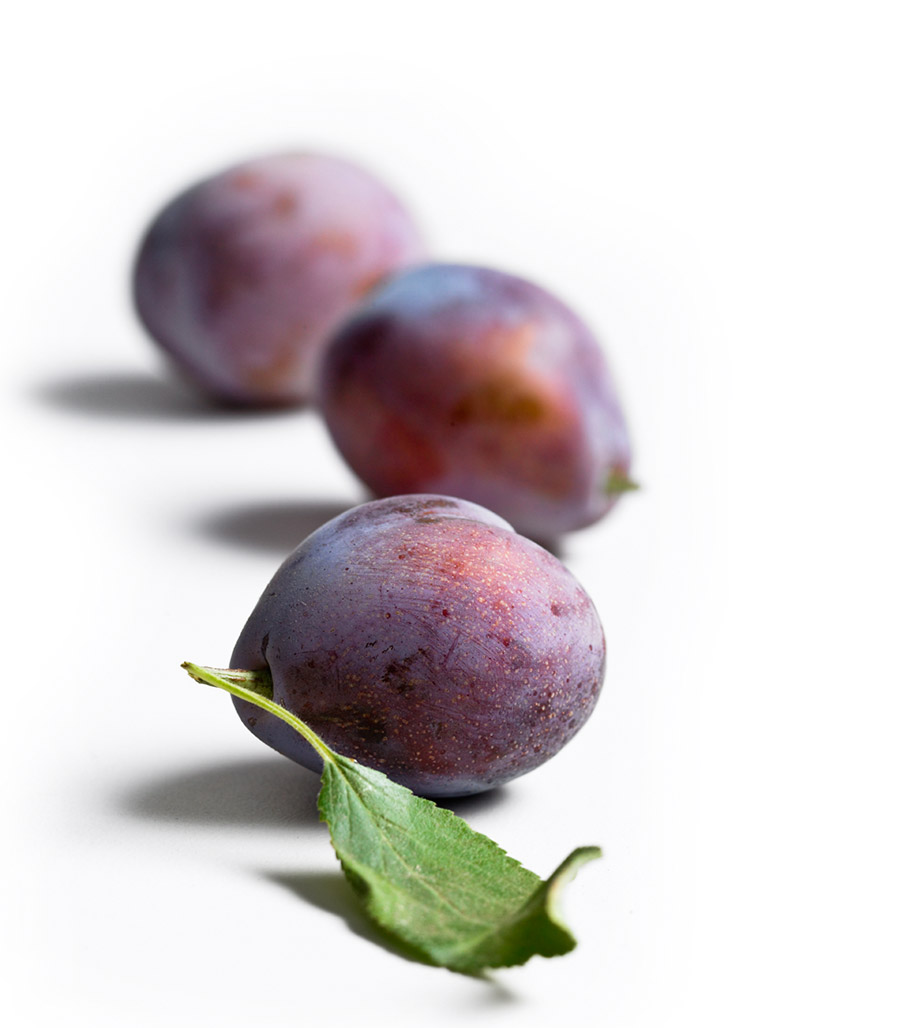
Teriyaki steak with less sodium with prunes
One of the most prevalent issues for protein processors is moisture loss. Meat lacking in moisture tastes inferior. Less moisture also means lower yields. For this reason, companies are always looking for moisture binding solutions in meat and poultry. For years, the answer was always phosphates.
Phosphates: The Conventional Solution
When muscle converts to meat after slaughter, lactic acid lowers the pH until the protein reaches the isoelectric point, where the net charge is zero. In this state, the meat can’t hold onto as much water because the muscle fibrils (which holds most of the water) are closely packed together.
By altering the pH of the meat, phosphates increase its water-holding capacity. The change in pH opens up the meat fibers, allowing for space to form between the muscle fibrils. Phosphates have a negative charge, so they bond with meat molecules that have a positive charge. Phosphates also affect protein solubility, dissolving some of the protein in muscles that restrict water uptake. This makes brines that contain phosphates, salt, and water better at binding moisture in meat than brines containing salt and water alone.
Among phosphate additives, sodium tripolyphosphate (STPP) has long been a favorite for moisture retention. It raises the pH of the meat, shaking it out of its isoelectric point and allowing for more pickup of marinade. It also lowers purge and cook loss compared with other phosphate additives, such as sodium acid pyrophosphate (SAPP), which has higher purge loss. (The USDA limits all phosphate additives to .5% of the finished product weight.)
Yet STPP can leave behind a soapy flavor and bleached appearance, making it difficult to obtain a golden brown color when cooked. Phosphates can also be hard to dissolve in a brine, especially in areas with hard water. These issues, as well as concerns about sodium levels in phosphate salts, have led some producers to move toward blends of sodium and potassium phosphates.
Phosphates and Health Concerns
Concerns are emerging that the overuse of phosphates in food processing is impacting consumer health. While phosphorus is essential for life, it’s rare to encounter people with phosphorus deficiencies. Our bodies absorb between 40 to 60% of naturally occurring phosphates from food, mostly protein. Yet our bodies can take in as much as—or more than—90% of phosphates when used as additives.
Daily phosphorus intake has risen from 500 mg/day in 1990 to more than 1000 mg/ day in 2010. This can be attributed to the increasing quantity of phosphate additives used in food production. — Phosphate Additives in Food–a Health Risk? Dtsch Arztebl Int
University Studies
To find alternative solutions to phosphates in meat production, University of Arkansas Fayetteville Food Science Department performed a variety of tests, comparing vacuum-tumbled chicken breasts with marinades containing prune ingredients at various concentrations. One of the sample groups was marinated with sodium tripolyphosphate (STPP) while the control group contained no marinade.
After evaluating the sensory properties of sample and control groups, the study concluded that the chicken marinated with prune ingredients had comparable flavor and texture compared with the STPP sample, suggesting that plum ingredients are viable alternatives to phosphates.
How to use Sunsweet Ingredients for Moisture Binding
All of Sunsweet Ingredients have high levels of sorbitol and fiber. Sorbitol attracts moisture while fiber absorbs it. When the muscle fibers open up while meat is vacuum tumbled, injected, or ground, these ingredients enter the fibers and attract and hold onto moisture.
Yet they do work differently than phosphates. Unlike phosphates, Sunsweet Plum Ingredients do not dramatically change the pH of the protein. Instead, they attract and hold moisture after the muscle fibers have been opened up during the vacuum tumble or injection process with water and salt or when ground with the meat for sausages and burgers.
There are a range of options depending on the application. Fresh Plum Concentrate work best in whole-muscle preparations while Dried Plum Puree can help improve moisture levels of sausages and patties. When topically applied in a rub, Dried Plum Powder absorbs moisture from the surface of the meat.
Sunsweet Ingredients also help:
- replace caramel coloring
- reduce or eliminate lipid oxidation (WOF)
- reduce drip loss
- reduce sodium
For more articles about moisture binding, see:
- Getting Started: Using Sunsweet Ingredients in Meat and Poultry Products
- Suppressing Warmed-Over Flavor
- Adding Moisture to Meat
- Or download our Meat and Poultry Manual.


 日本語
日本語 한국어
한국어




